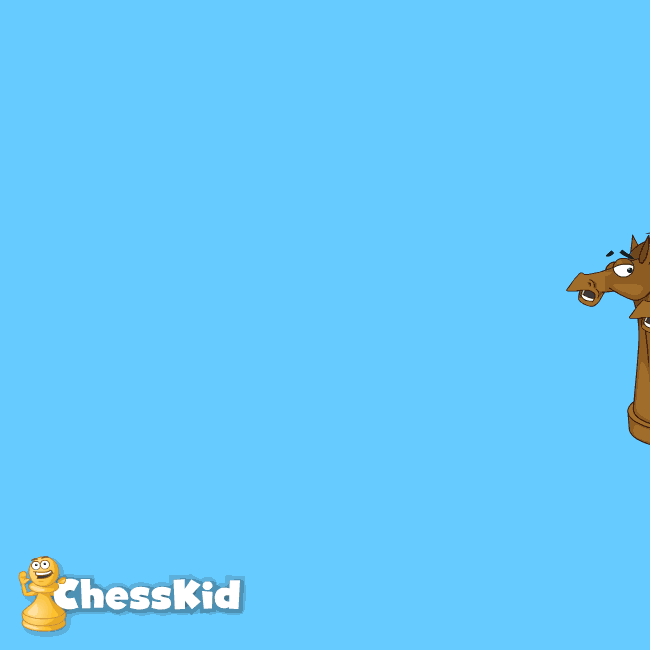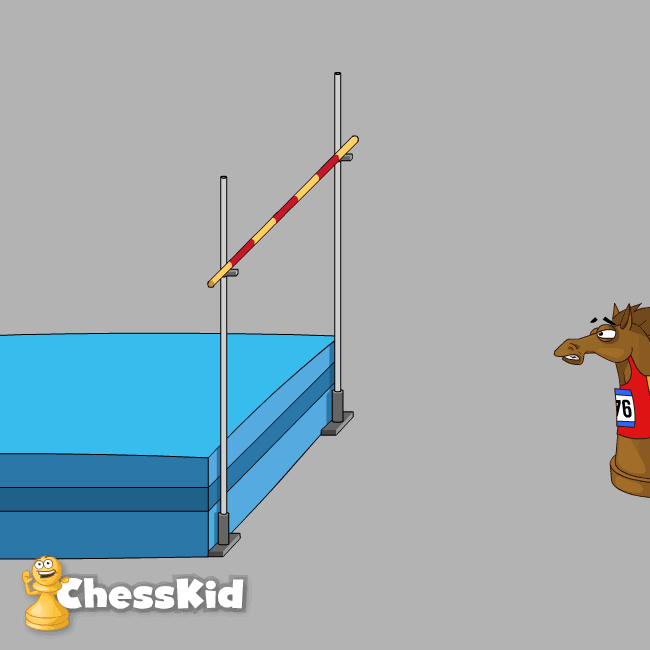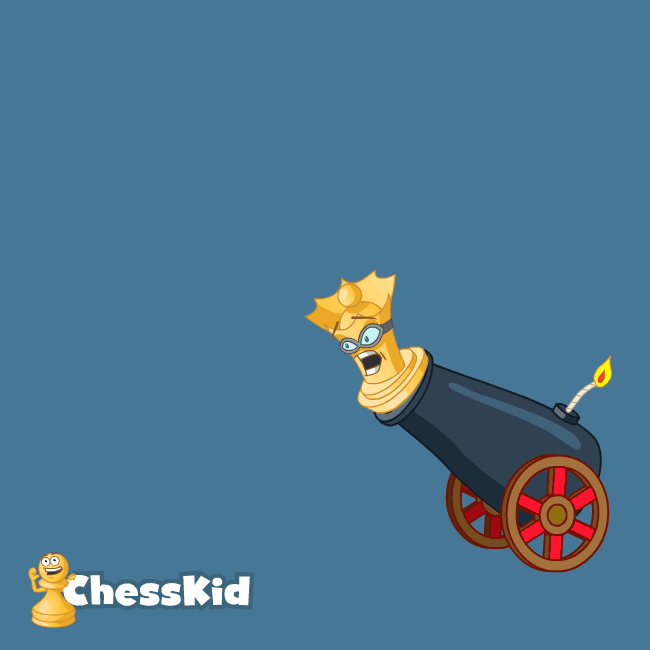Chess Opening
Every phase of the chess game is important, but the first one is critical for establishing equality between the two players and determining if one can achieve an advantage early over the other. Here is what you need to know:- What Is A Chess Opening?
- Basic Principles Of Chess Openings
- What Is The Best Opening?
- How To Learn And Study Chess Openings
- Wrapping Up
- Chess Opening Video
What Is A Chess Opening?
The initial phase of a chess game is referred to as an opening. In contrast to the middlegame and endgame, the other two phases, the first phase typically consists of standard moves known as “book moves” that follow established chess theory. Openings typically have names that connect a sequence of moves with an elite player who popularized them or locations where they were first played in a prestigious event.
Because the player with the white pieces moves first, they have a slight initial advantage in the opening. As a result, they may be the first to attack. On the other hand, Black seeks to equalize and create imbalances between the two sides that be exploited later in the game.

Reviewing chess openings is important before playing in a tournament.
Basic Principles Of Chess Openings
Every chess player from the beginning to advanced levels should understand the importance of chess openings as well as these principles:
Control the center
Generally, the best way to control the center is by placing pawns there, particularly on the d- and e-files (Yes, the squares have names). Controlling the center allows a player to begin developing their pieces (the next principle). In particular, when the king and queen pawns are moved, the bishops can be developed.
A player who controls the center can obstruct how an opponent develops their pieces. Be alert to when an opponent has two pawns that work together and can scare away a knight in a situation that ChessKid refers to as the pawns turning into a snow plow.
 Have you ever seen pawns working like a snow plow?
Have you ever seen pawns working like a snow plow?
Develop and coordinate pieces
In the opening, pieces should be placed on squares where they can be useful as the game proceeds. Because the knights are not blocked from moving by a pawn, they are usually moved early. Fianchettoing a bishop is a popular way to bring it into a game. Many openings feature the early development of knights and bishops, and the queen and rooks are usually not moved to a central position initially. As pieces are moved, they need to work in concert with other pieces to exploit weaknesses in an opponent’s position and take advantage of tactics that can be played.
 The knight is the only chess piece that can jump over others.
The knight is the only chess piece that can jump over others.
Safeguard the king
The opening often features steps to reduce the vulnerability of the king and to protect it from attack. Because castling helps not only to protect the king but also to develop a rook, it is often a move made early.
 In castling, the king moves two squares to one of its sides, and a rook jumps over it.
In castling, the king moves two squares to one of its sides, and a rook jumps over it.
Avoid pawn weaknesses
Although some openings include gambits where a pawn is sacrificed to achieve a positional advantage or initiate a quick attack, any pawn that a player moves should avoid creating vulnerabilities such as being captured without compensation or weaknesses such as becoming isolated, doubled, or backward.

A hanging pawn may be a sign that your opponent is using a gambit to test your chess knowledge.
Don't Do This In An Opening
In addition to the basic principles (the “do’s”), there are two important don’ts that new players should know:
- Don’t bring out a queen too early.
- Don’t move the same piece more than once early in a game. IM Danny Rensch (Poppa Bear on ChessKid), says to avoid moving the same piece twice before move 10. See his advice here.
While adhering to the basic principles, the opening is also an opportunity (as are the other phases) to control key squares, gain a space advantage, create weaknesses in the opponent’s pawn structure, and make favorable piece exchanges (such as winning the bishop pair).
FunMasterMike explains more advanced principles in this two-part video series: “Part I” and “Part II.” Further, be alert to common opening traps as explained in the article by IM David Pruess in this article.
 Although the queen can be a powerful piece when launched into battle, don't bring it out too early in a game.
Although the queen can be a powerful piece when launched into battle, don't bring it out too early in a game.
What Is The Best Opening?
Many players have favorite openings that result in positions where they are comfortable; however, knowing only a few openings places a player at a disadvantage There literately is no best opening; an opponent can always play a well-regarded defense. However, several openings are popular such as the Queen’s Gambit.
For White, these are good choices to learn. (For each opening, follow the initial moves in its accompanying diagram.)
- Italian Game, which seeks to control the center quickly with a pawn and knight and then place the bishop where it can be supportive.
- Ruy Lopez, an old and classic opening named after the Spanish bishop who wrote an early book on chess, attacks White’s knight that defends the e5-pawn.
- Four Knights Game, which moves the knights into positional play and follows the strategy of developing knights before bishops.
For Black, these defenses are important to know:
- Sicilian Defense, is a popular choice because it is an aggressive defense for Black who hopes to exchange a bishop pawn for a central pawn.
- French Defense, which builds a pawn chain.
- Slav Defense, which defends the d5-pawn with another pawn.
Rather than asking about the best opening, a better question may be, What mistakes happen frequently in openings? Learn about them in the ChessKid article “Common Mistakes In The Opening”.
Openings also distinguish themselves in many ways. One is gimmicks, such as Scholar’s Mate and Fool’s Mate. Gimmicks depend on a gullible opponent to help by making blunders or assisting in making requisite moves to end a game in four moves or less—not a realistic expectation. Be careful to avoid gimmicks that depend on an opponent to make poor moves.
How To Learn And Study Chess Openings
Studying openings is important to improve and be successful as a player. When a player study openings, they can observe how the initial moves comply with the basic principles.
Study a limited number of openings as White and Black. It’s important for every player to know what type of opening they like to play and are comfortable with. Find the ones that you want to play and then practice them on ChessKid.com. When you begin to play a new opening, expect to make mistakes. Remember that it takes practice to improve. Learn from each mistake and fix it.
When you play an opening that you want to practice or experiment with, write down the moves and then review them after the game is over with the Analysis tool on ChessKid. Learn what the book moves are and how you deviated from them.

The Analysis tool on ChessKid can help you improve how you play openings.
When you study openings and practice them, you are on your way to beginning a game and transitioning it successfully to the middlegame phase. For more guidance on how to study openings, see the ChessKid article “Opening Study For Beginners”.
Wrapping Up
Now you know what the opening in a chess game is and why it is important. Pay attention to the basic principles and learn a few popular openings. When you do, you are on your way to being a more successful chess player.